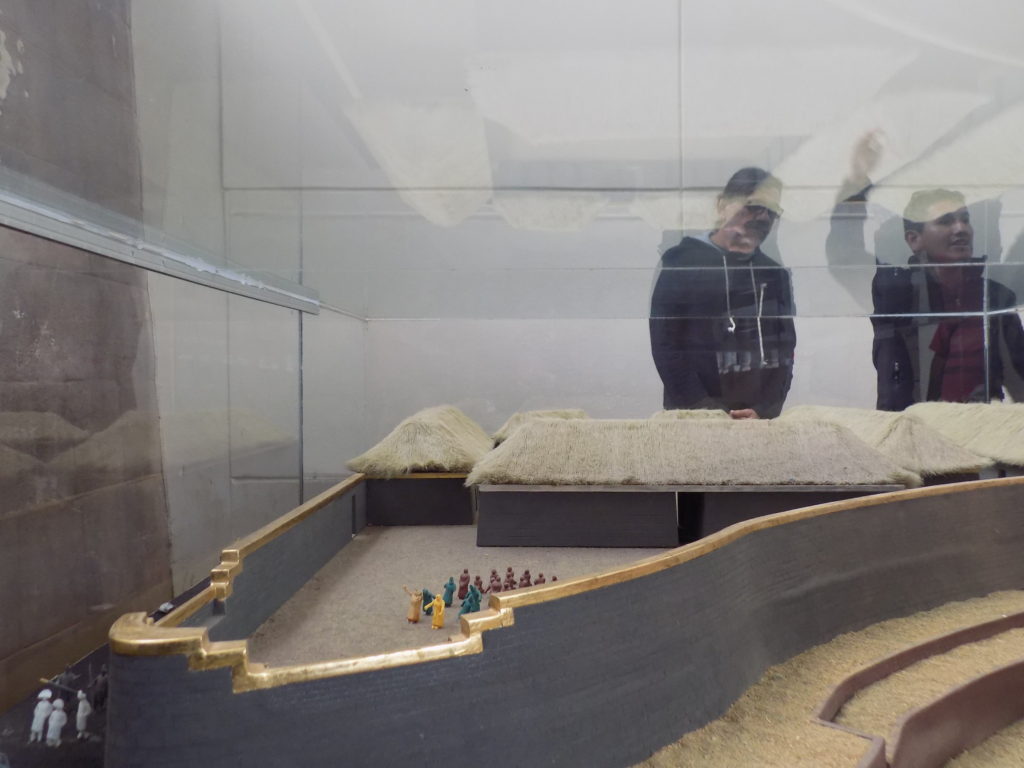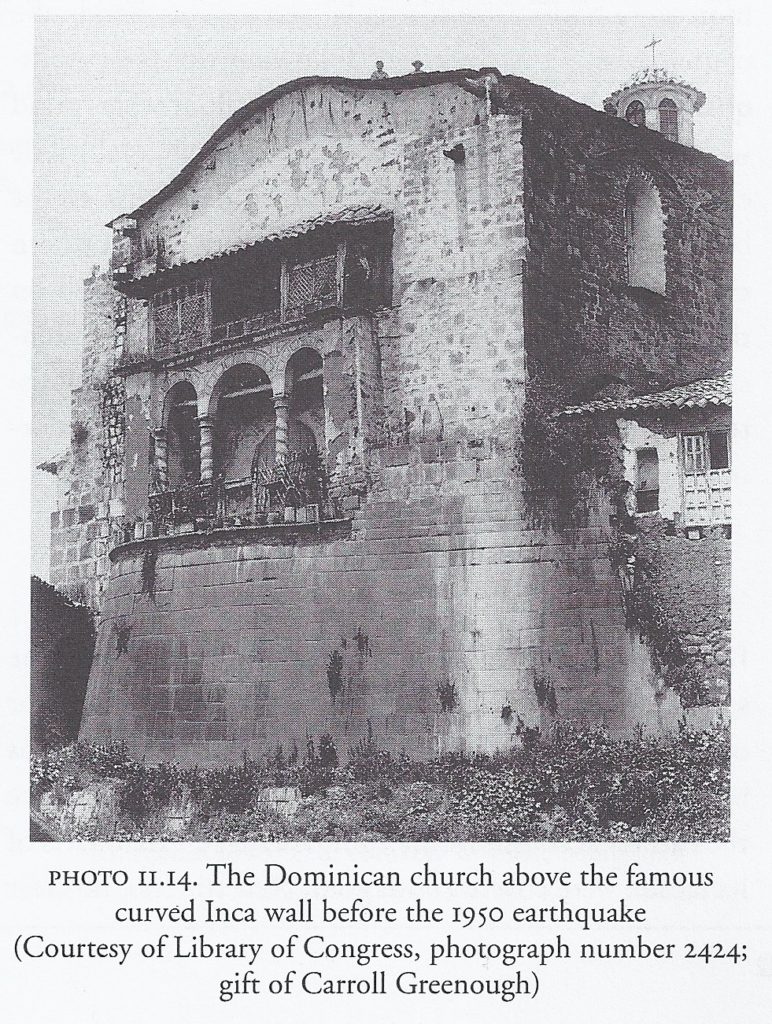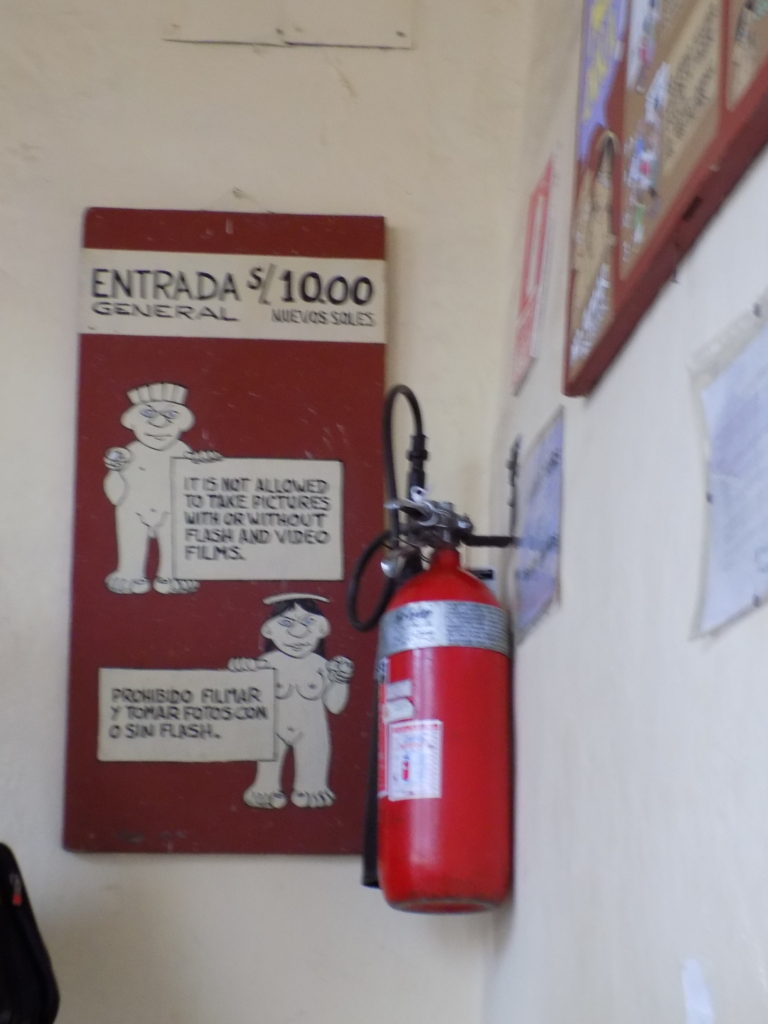It’s a trap! An empire collapses and the gold disappears.
I noted in the third post about the real Copacabana that the Spanish first arrived in the Andes in the mid to late 1520s bringing with them the gift of smallpox. Sometime between 1525 and 1528, the eleventh Sapa Inka, Huayana Qhapaq, died suddenly, unexpectedly (likely from contracting the disease), and before he named his successor. His choice was between naming his legitimate heir Huáscar or his illegitimate son, Atahualpa, whom he is said to have preferred. This set off a brutal civil war between the two with Atahualpa ruling from Quito and Huáscar from Cusco.
Meanwhile, Francisco Pizarro had returned to Spain and received permission from Isabella of Portugal to conquer the land they called Perú which comprised much of western South America. When he returned, he found an empire so weakened by the combination of smallpox and years of internal strife that he would ultimately conquer it with fewer than 200 men.
In the early months of 1532, Atahualpa had defeated Huáscar in a bloody battle near Cusco. Atahualpa captured Huáscar and his family and had them executed. He met Pizarro on 15 November 1532 and the Spaniard invited him to a feast in his honor the following day. Atahualpa accepted and arrived with an unarmed retinue that was said to be as large as 6,000 men.

[Image from History.com.]
History says that when Atahualpa rejected the demands of a friar named Vincente de Valverde to accept the Christian faith and acknowledge Charles V of Spain as his rightful sovereign, Pizarro used it as a signal to launch the ambush that he had likely planned from the outset. Armed with muskets and charging astride horses, the Spanish began the slaughter. Thousands died and Atahualpa was captured.
Negotiating for his release, Atahualpa, in one of the few times he accurately assessed his Spanish foe, offered as a ransom a room filled with gold. As you now know, the gold held no personal value to the Inkas and Pizarro greedily accepted. Each of the 700 sheets of gold adorning the walls of Qorikancha was stripped away and melted as were most of the statues both in the temple and in the garden. In all, it was said to total 24 tons of gold and silver. Pizarro accepted it and executed Atahualpa the next day.
Earthquake proof.
As they did with Saqsaywaman, the Spanish dismantled most of Qorikancha. In this instance, however, rather than removing the stones they built the Church and Monastery of Santo Domingo atop it sometimes using the stones of Qorikancha as part of the foundation. But, as you can see from the photos below and those in this folder, they were either unable or unwilling to destroy it entirely.
Perhaps because of the nature of the shape of the land or because nearly all Inkan buildings were rectangular, the Spaniards might have found the curved wall seen in the lower left of this model too difficult or too aesthetically pleasing to demolish.
In my research about the site, I came across a thesis written by a student at Ohio State University that included the two images below. Recall that the church was consecrated in 1654. The wall of Qorikancha forming its base was built a century earlier. There was an earthquake in 1950. This is the before photo:.
And, demonstrating that the Inkas knew how to protect their building from earthquakes, this the after:.
On 18 March 2019 it looked like this:.
Problem solving and the rest of the day.
We finished our morning tour with Berner and walked along Avenida del Sol toward the main square. While Berner and I went off in search of an optometrist’s shop where I could purchase a pair of off the shelf reading glasses, we left Jan and Jill to find a spot for some coffee and perhaps a light lunch. After a short walk and a brief negotiation on the price, I came away with a pair that, while far from perfect, would be serviceable enough to allow me to return Jill’s spare pair to her.
We all had the afternoon free so I met Jan and Jill in the second-floor restaurant at the Hotel Plaza de Armas (seen in this screen capture from Google maps)
where we were treated to a bit of a show as another band marched along the square. (There’s a brief video in the folder linked above.)
The restaurant had a quite relaxed pace of service and the weather wasn’t significantly different from that seen in the screen capture so we decided to visit the nearby Inka Museum just a short walk across the square and up a rather steep hill. As you can see,
the museum prohibits photos (sorry for my shaky hands). Although it’s called the Inka Museum, its collection isn’t limited to the Inkas alone. The museum’s first floor is filled with displays of pre-Inka artifacts the oldest of which are from the area near Puno and date back 9,000 years to the area’s early hunter-gatherer societies. There are also examples of pottery and stonework by the Chávin, Moche, and Nazca cultures that I’ve mentioned in passing as well as by the Tiwanku and Pukará that I’ve written about in a bit more detail.
Climbing to the second floor immerses you in the century of the Inka Empire from its founding under Pachakutiq to its conquest by the Spanish. You can read more about the museum in The Only Peru Travel Guide if you’re interested.
We met Berner for dinner and he took us to Pucara – a family run restaurant near the Plaza de Armas. We shared a Ceviche Mixto and I had the arroz con pollo that came as not only an enormous plate of food but, of course, included potatoes along with the rice. I’d taken to drinking Cusqueña, the local beer, but on this occasion tried their wheat brew. Although I generally like wheat beers, I knew after a few sips that I’d switch back to the more traditional lager.
Feeling so sated I would have almost preferred a taxi or a ride in a wheelbarrow, we nevertheless walked the half kilometer or so back to the hotel where I struggled to stay awake long enough to survive my nightly ritual of transferring my photos from my camera to my laptop, writing a brief description of them, and trying to make sense of any notes I’d scribbled during the day before collapsing for the night.
Coming up, three fascinating sites near Cusco.





